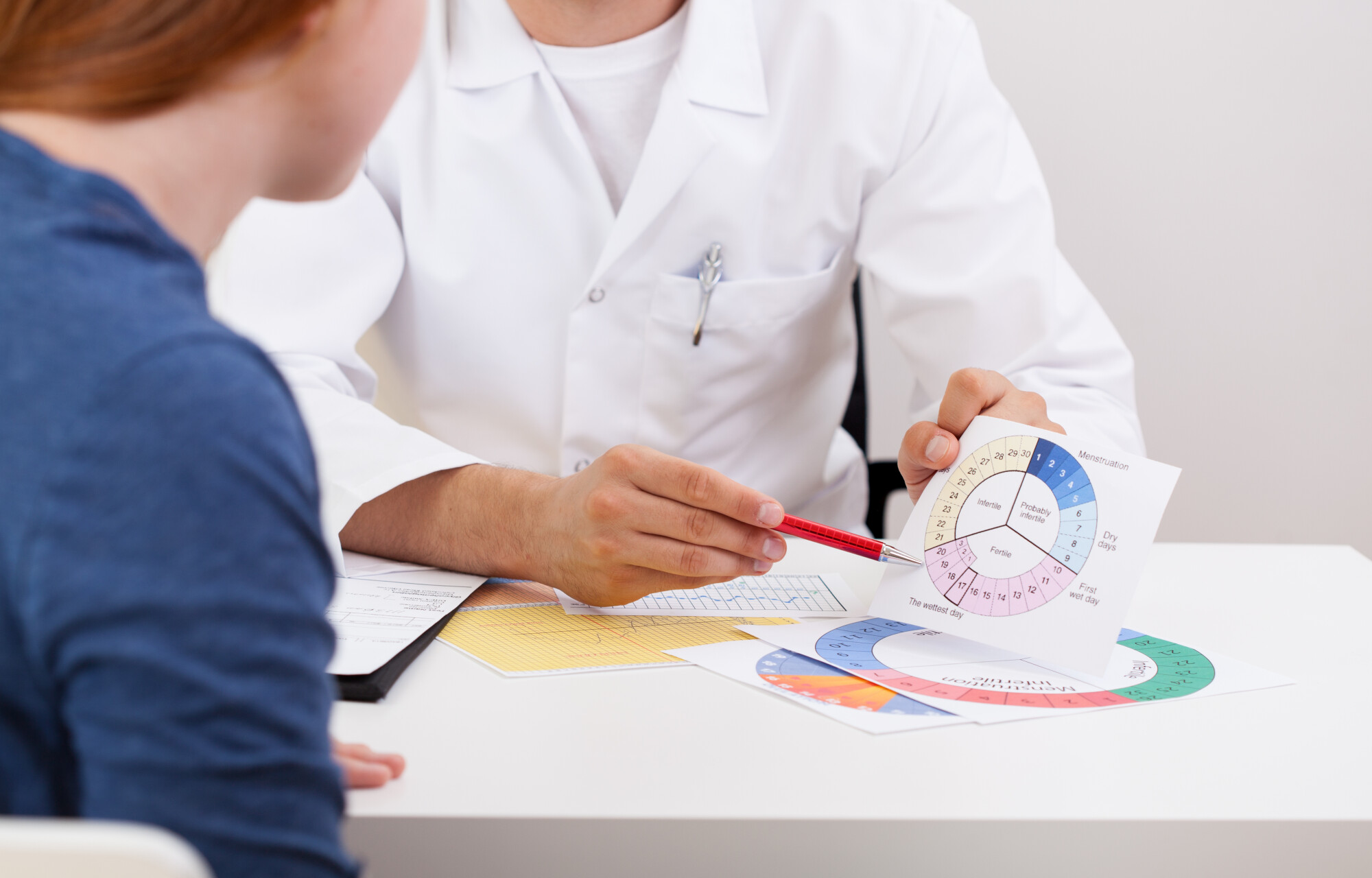
The menstruation cycle is a natural monthly process in the female body. It can be difficult to understand the numerous stages and changes that occur. That’s why we’ve prepared this guide to assist explain the menstrual cycle in simple terms.
So, whether you’re a young girl starting your period or an adult curious about your reproductive health, keep reading to find out more!
Table of Contents
Overview of the Menstruation Cycle
Each month, the menstrual cycle prepares a woman’s body for pregnancy. The cycle begins with the loss of the uterine lining, which causes the monthly period. Then it ends with the growth and release of an egg from the ovaries.
The menstrual cycle usually lasts 28 days. However, it can last anywhere from 21 to 35 days and can still be considered normal.
Menstrual Phase
The menstrual cycle begins with the menstrual phase. During this stage, the uterine lining that has formed in preparation for a possible pregnancy begins to shed. This shedding results in a monthly period, which normally lasts 3-7 days.
During this period, women may experience cramps, bloating, lethargy, and headaches. These symptoms, also known as premenstrual syndrome (PMS), are produced by hormonal fluctuations. However, not all women have these symptoms. Also, the degree of these symptoms varies.
However, even if the menstrual phase prepares for pregnancy, women in some cases who have had tubal ligations won’t get pregnant anymore unless they have a tubal reversal, otherwise. Tubal reversal helps allow for natural conception again. If you want to learn more about tubal reversal surgery, talk to your doctor.
Follicular Phase
The follicular phase begins on the first day of the menstrual cycle. Then, it concludes when ovulation occurs. The pituitary gland secretes the follicle-stimulating hormone (FSH). This encourages the formation of follicles in the ovaries.
The follicular period lasts 10-14 days on average, however, this can vary from woman to woman. Estrogen levels rise during this phase. This causes the uterine lining to thicken in preparation for a possible pregnancy.
Ovulatory Phase
The ovulation cycle is the most important for women trying to conceive. The mature egg is discharged from the ovary. Then it travels down the fallopian tube toward the uterus at this phase. Ovulation happens around day 14 of the menstrual cycle.
The cervix creates more mucus during ovulation. This aids sperm passage past the cervix and into the uterus. During this stage, women may suffer mild cramps as well as an increase in libido.
Luteal Phase
The luteal phase lasts until the next menstrual period begins. The follicle that delivers the egg transforms into the corpus luteum. Then it generates progesterone throughout this phase.
During this stage, if the egg is fertilized, it will implant in the uterine lining. If fertilization does not occur, the corpus luteum degrades and hormone levels fall.
After the luteal phase, the menstrual cycle begins again. The entire process is repeated. But it is crucial to note that the duration and regularity of the menstrual cycle might vary from woman to woman, and even from month to month.
Take Control of Your Health With Menstrual Cycle Awareness
Understanding the menstruation cycle is critical to women’s health and well-being. It can help women better understand their bodies, manage menstruation symptoms, and plan for pregnancy.
The menstrual cycle is a natural process that occurs in the female body. It can be uncomfortable, but it’s a sign of a healthy reproductive system.
Remember, information is power. By learning about our bodies, we may live healthy, active lives.
Visit our blog today to learn more interesting topics!


